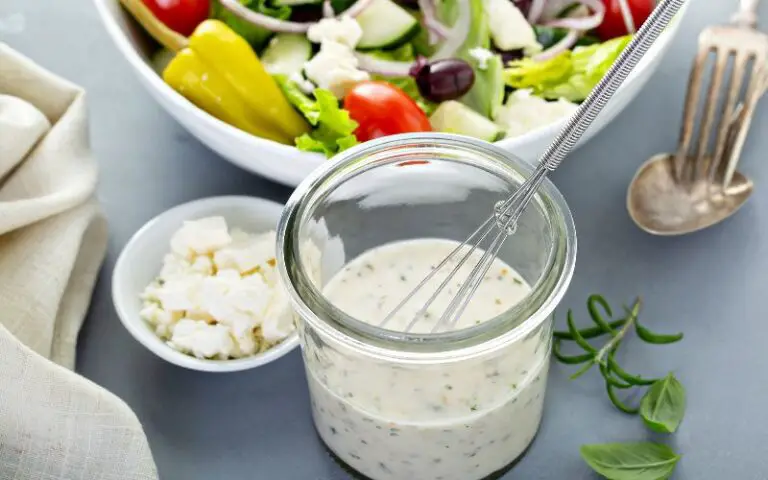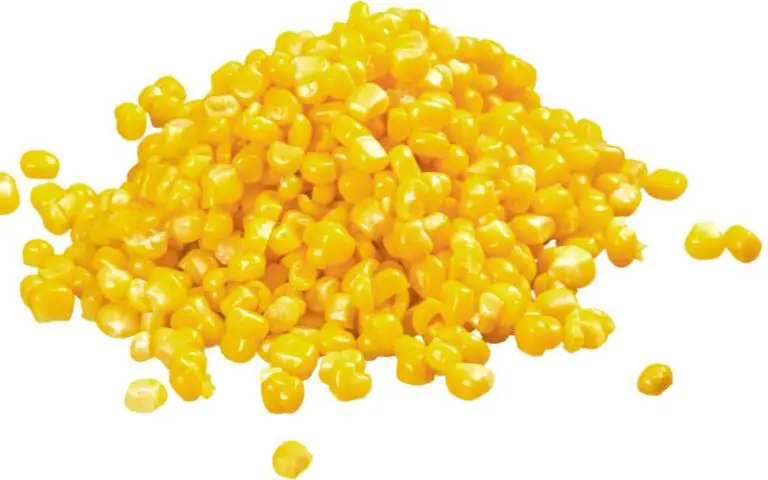How Hot Can A Pizza Stone Get? (All You Need To Know)
Last updated on September 11th, 2023 at 02:11 pm
Have you ever wondered how hot a pizza stone can get? Perhaps you are wary of cracking your stone with too much heat, or you just want to know the maximum heat limit a pizza stone can endure.
Either way, you’ve come to the right place! Because Pizza stones are made with different materials that most often have different thermal conductances, the temperatures they can withstand depends on the stone’s material.
Some pizza stones can withstand temperatures as high as 1000 degrees Fahrenheit. However, this intense heat can cause cracks within the stone until it eventually breaks. The owner’s manual contains the heat limit for most pizza stones. It is best to stay within the heat guidelines stated in the manual to protect the stone’s lifespan.
In this article, I will answer how hot a pizza stone can get, the maximum heat level for a pizza stone, and the factors that determine how hot a pizza stone can get.
What Is the Maximum Heat For a Pizza Stone?

The maximum heat level for commercial pizza stones is between 1000 and 1500 degrees Fahrenheit.
In contrast, pizza stones for home ovens should not exceed temperatures between 500-600 degrees Fahrenheit.
For non-commercial pizza stones (home use only), go through the owner’s manual to see if you can find the maximum and minimum heat levels the stone can withstand.
Commercial pizza stones can withstand the extreme temperatures of the ovens used for baking pizzas in Pizzerias.
The thermal endurance of commercial Pizza stones makes it easier for multiple pizzas to be cooked and served within minutes.
A key material found in commercial pizza stones that is responsible for their high thermal endurance is Cordierite.
Pizza stones made with Cordierite are far more durable than ordinary ceramic pizza stones and can withstand greater heat without cracking.
However, they are more expensive. You could opt for pizza steel instead of ceramic stone.
Pizza steels conduct heat better than ceramic stones. They don’t crack and are easier to clean.
However, pizza steels are still more expensive than ceramic stones but cheaper than Coderite stones.
It is important to avoid heating or cooling your pizza stone too quickly to avoid it cracking due to thermal shock.
Below is a list of things you should avoid doing to your pizza stone to prevent cracking.
#1. Do Not Wash Your Pizza Stone
Washing or soaking your pizza stone in water will cause it to soak and trap moisture, softening the stone and making it more vulnerable to cracking.
The correct way to clean a pizza stone is to dab the stone’s surface with as little water as possible.
Then use a stone brush to scrub off dirt particles on the surface, and finally, dry the stone with a clean rag before leaving it to air dry for a few hours.
If the pizza stone doesn’t dry before it is put back into the oven, the heat will weaken the stone considerably.
Also, do not, by any chance, rub oil on your pizza stone after cleaning. Oil seeps in and damages the stone’s structure leading to cracks.
#2. Do Not Use Too Much Heat
Putting the pizza stone under heat levels higher than the maximum allowable temperature the stone can withstand will cause damage to the stone over time.
Most people favor baking pizzas under very high temperatures because the pizzas bake faster.
Unfortunately, they don’t think of the extreme heat’s effect on the stone.
Opt for commercial pizza stones that can safely withstand more heat if you want to bake pizzas at higher temperatures to speed up the baking process.
Below is a table that lists the major differences between a Ceramic pizza stone, a cordierite pizza stone, and pizza steel.
| Ceramic Pizza Stone | Pizza Steel | Cordierite Pizza stone |
|---|---|---|
| Made wholly of clay (Ceramic). | Made of steel. | Made of Cordierite. |
| Good heat conductivity. | Excellent heat conductivity. | Very good heat conductivity. |
| Cheapest option. | Cheaper than Coderite but more expensive than Ceramic. | Most expensive option. |
| It is durable. | Extremely durable. | Very durable. |
| Not thermal shock resistant. | Shatter-proof. | Thermal Shock resistant. |
Can a Pizza Stone Be Too Hot?
Yes, this is usually the case when the oven is heated to extreme temperatures placing too much direct heat on the stone’s surface.
The repercussion of this is an unevenly cooked pizza. The bottoms of the pizza on the heated stone tend to cook too quickly and get burnt before the pizza’s top layer can cook properly.
The best way to avoid this is by preheating the pizza stone correctly.
Preheating the pizza stone will ensure it cooks properly, giving it its characteristic crispy crust and a soft creamy center.
You must ensure a physical barrier between the pizza stone and the fire and an air gap separating the stone and the barrier.
If you keep experiencing this issue regularly, there might be something wrong with the pizza stone you bought.
Poorly made or cheap pizza stones tend to overheat regularly. Here is a link to some good-quality pizza stones you can purchase.
Can a Pizza Stone Get Hotter Than the Oven?
No, it can’t. The pizza stone conducts heat directly from the oven itself and can’t be hotter than its source.
However, the pizza stone can store large amounts of heat to cook the raw pizza dough.
Pizza steels conduct heat extremely well, yet they cannot be hotter than the ambient temperature of the oven.
If you are having trouble with your pizza stone not heating up to the set oven temperature, it is probably due to the stone’s materials.
Some stones are thinner than others, conducting heat faster, while some are thicker and slower to conduct heat.
Still, the pizza stone cannot get hotter than the current oven temperature.
How Hot Should You Preheat a Pizza Stone?
The perfect temperature to preheat your pizza stone is at least 500 degrees Fahrenheit.
At this point, you can place the raw dough on the stone’s heated flat surface and allow it to cook.
Preheating the pizza stone is key to preparing that crispy bottom-crust pizza with a soft juicy center.
If this stage is done incorrectly, you could end up with an unevenly cooked pizza. Below is a step-by-step guide on preheating your pizza stone correctly:
Step One:
Place your pizza stone inside the oven and let it heat up slowly so it warms up enough to prevent thermal cracking.
That is if you are making use of a ceramic pizza stone.
Step Two:
Set the oven to the preheating temperature (500-600 degrees Fahrenheit).
Step Three:
Allow the pizza stone to preheat for at least 45 minutes to an hour.
Can Your Pizza Stone Catch Fire?
Yes. If you do not adhere to correct cleaning practices or there is a huge amount of grease on the stone, it can cause a fire.
Also, using oil to clean your pizza stones is potentially dangerous and can lead to a fire outbreak.
Almost all pizza stones come with an instruction booklet that gives specific instructions on how to clean the pizza stone.
Always ensure to adhere to these instructions and use the pizza stones correctly.
A very helpful precaution that can help prevent the incident of a fire outbreak is cleaning grease off your pizza stone before putting them inside the oven.
Doing this regularly before using the pizza stone will help reduce the risk of a grease fire.
FAQs
#1. Can I Leave My Pizza Stone In the Oven?
Yes, you can leave your pizza stone in the oven to avoid the stress of taking it in and out of the oven every time you want to use it.
#2. Are You Supposed To Oil a Pizza Stone?
No, you should not oil your pizza stone. Because Pizza stones are porous, the stone absorbs the oil, which weakens the material and causes cracking.
Final Thoughts
Commercial pizza stones can withstand temperatures as high as 1000 degrees Fahrenheit.
Pizza stones for home ovens are mostly ceramic stones and can withstand temperatures between 500-600 degrees Fahrenheit.
Ensure to read the manufacturer’s instructions when confused about the maximum heat limit for your pizza stone, ensure to read the manufacturer’s instructions.
Lastly, clean out grease from your pizza stone before using it.






